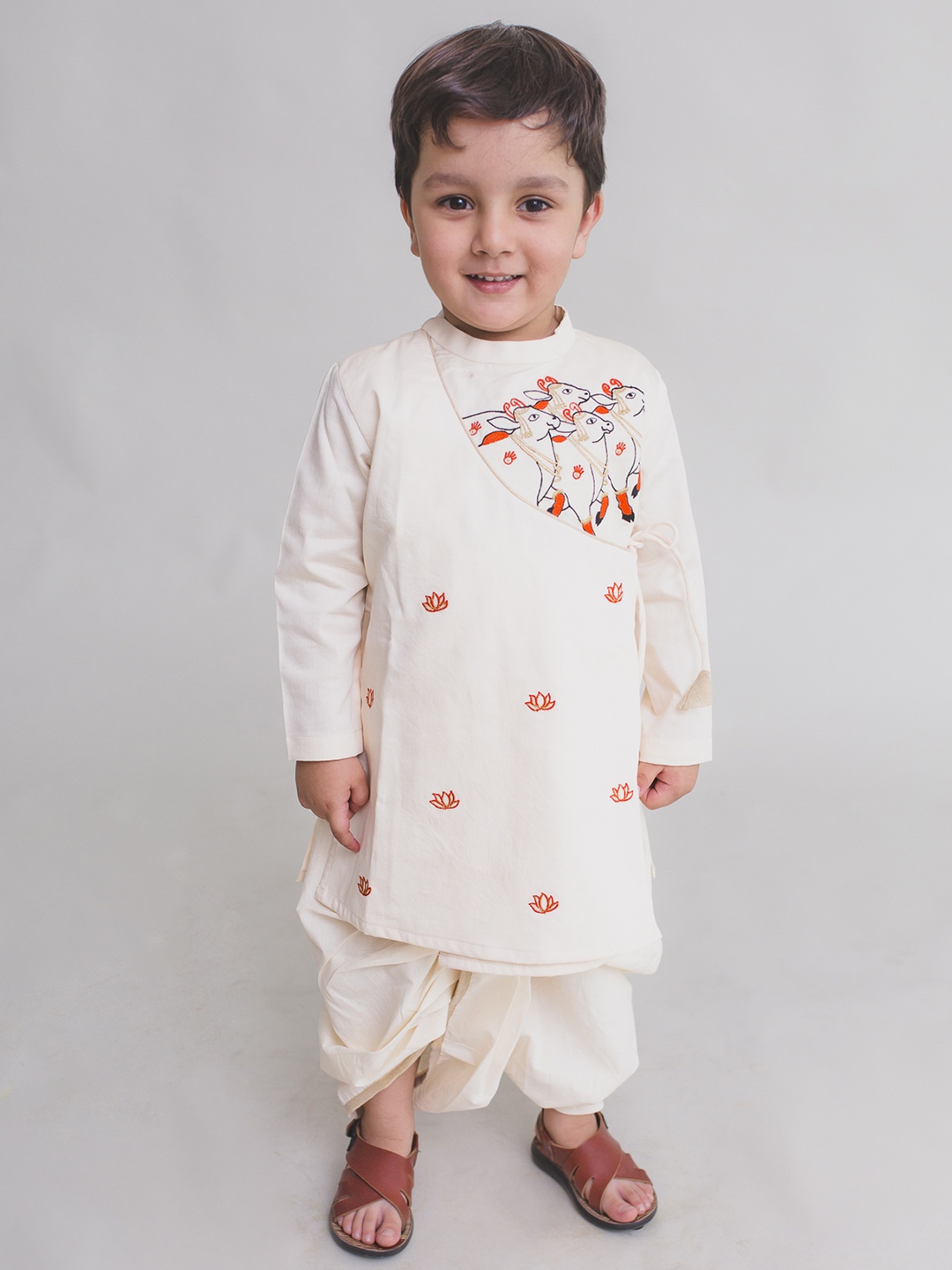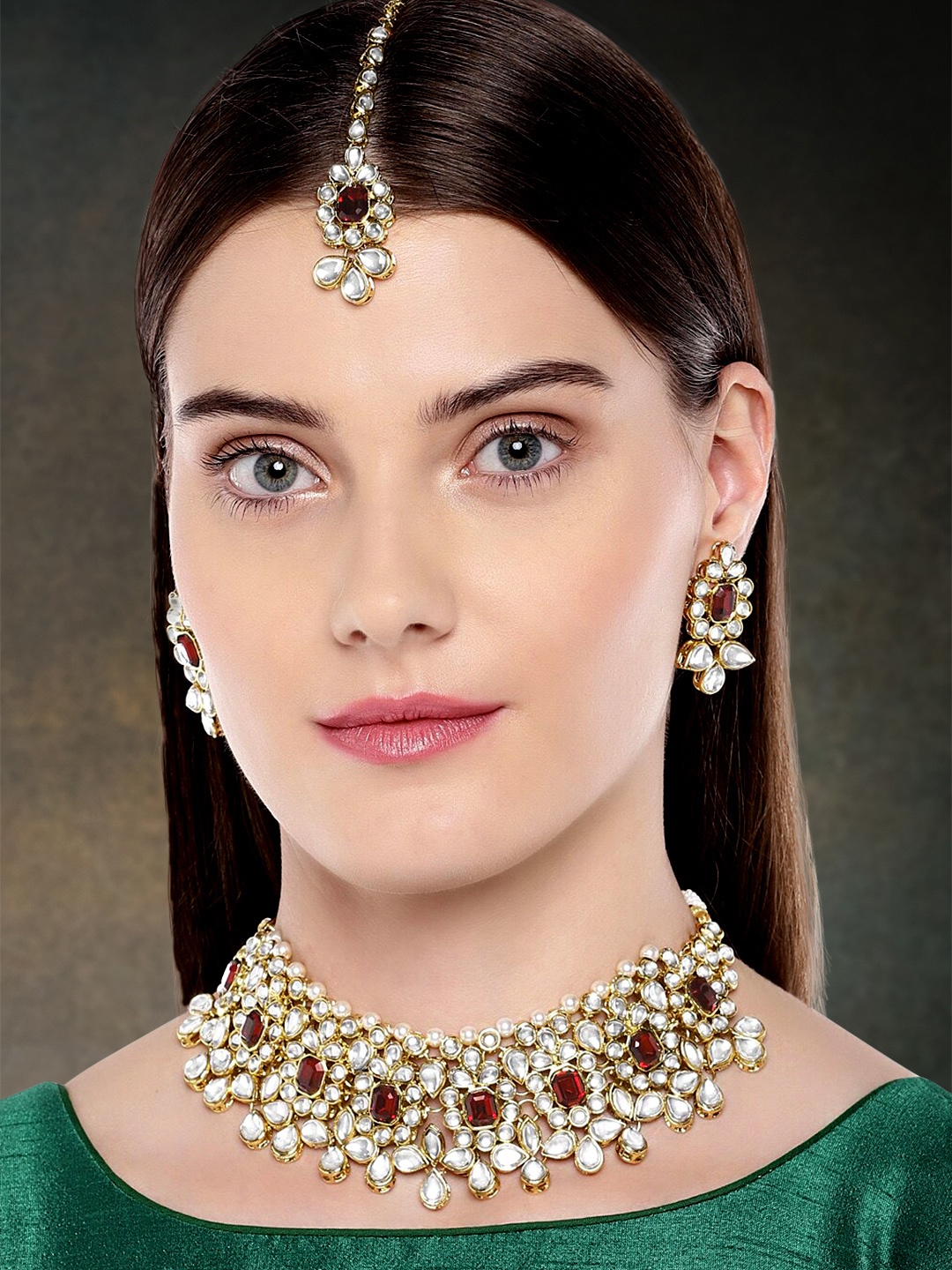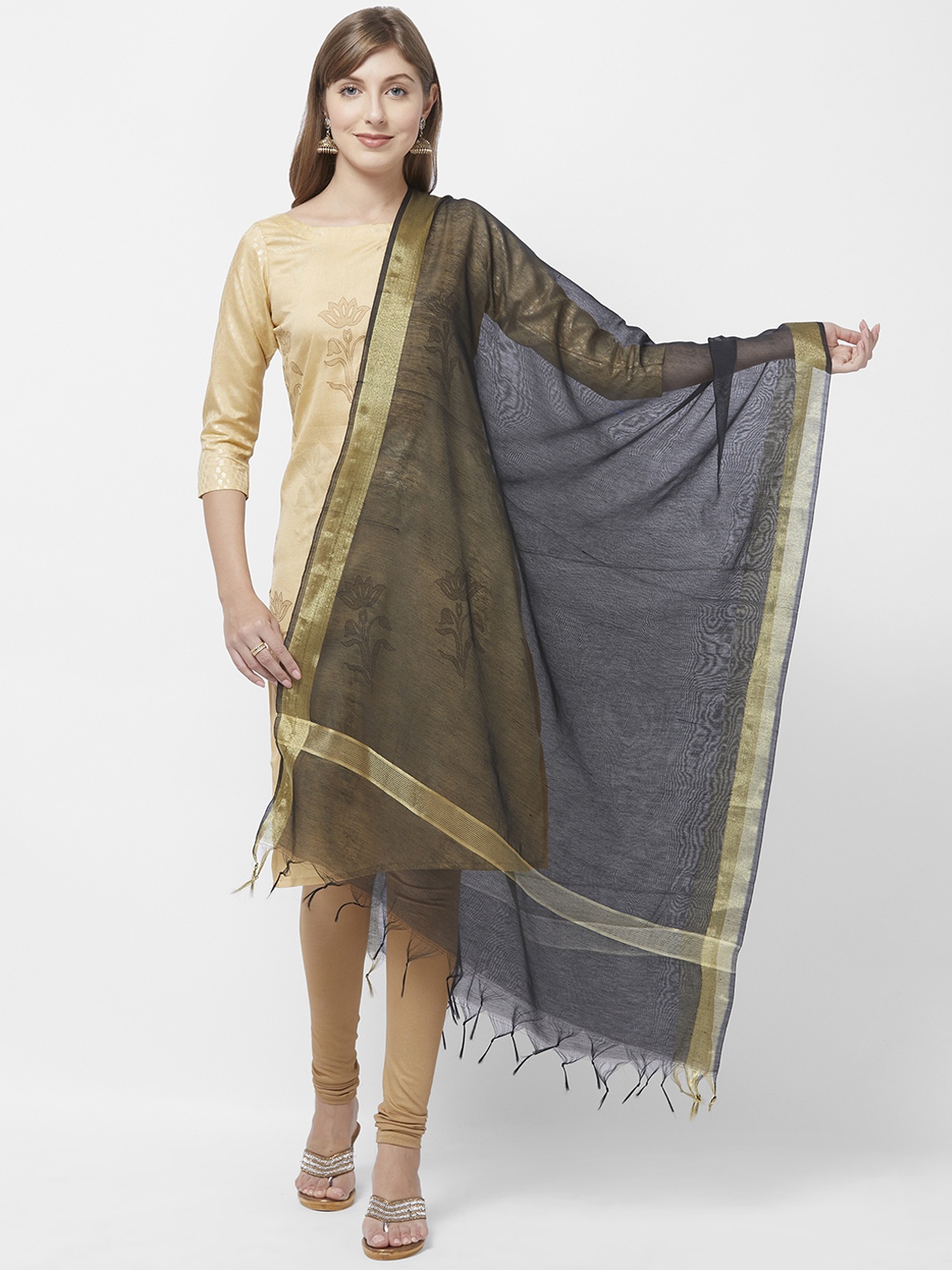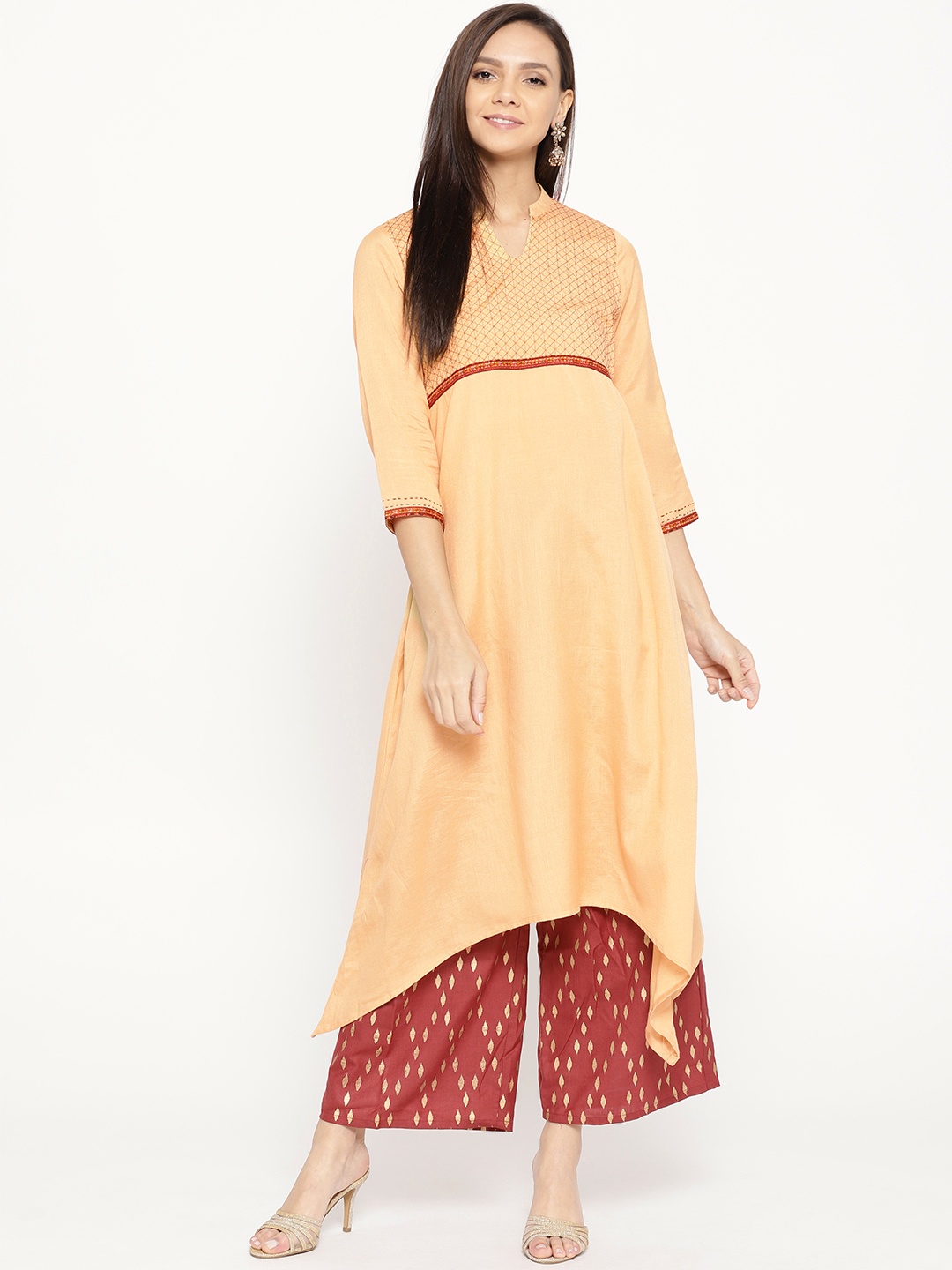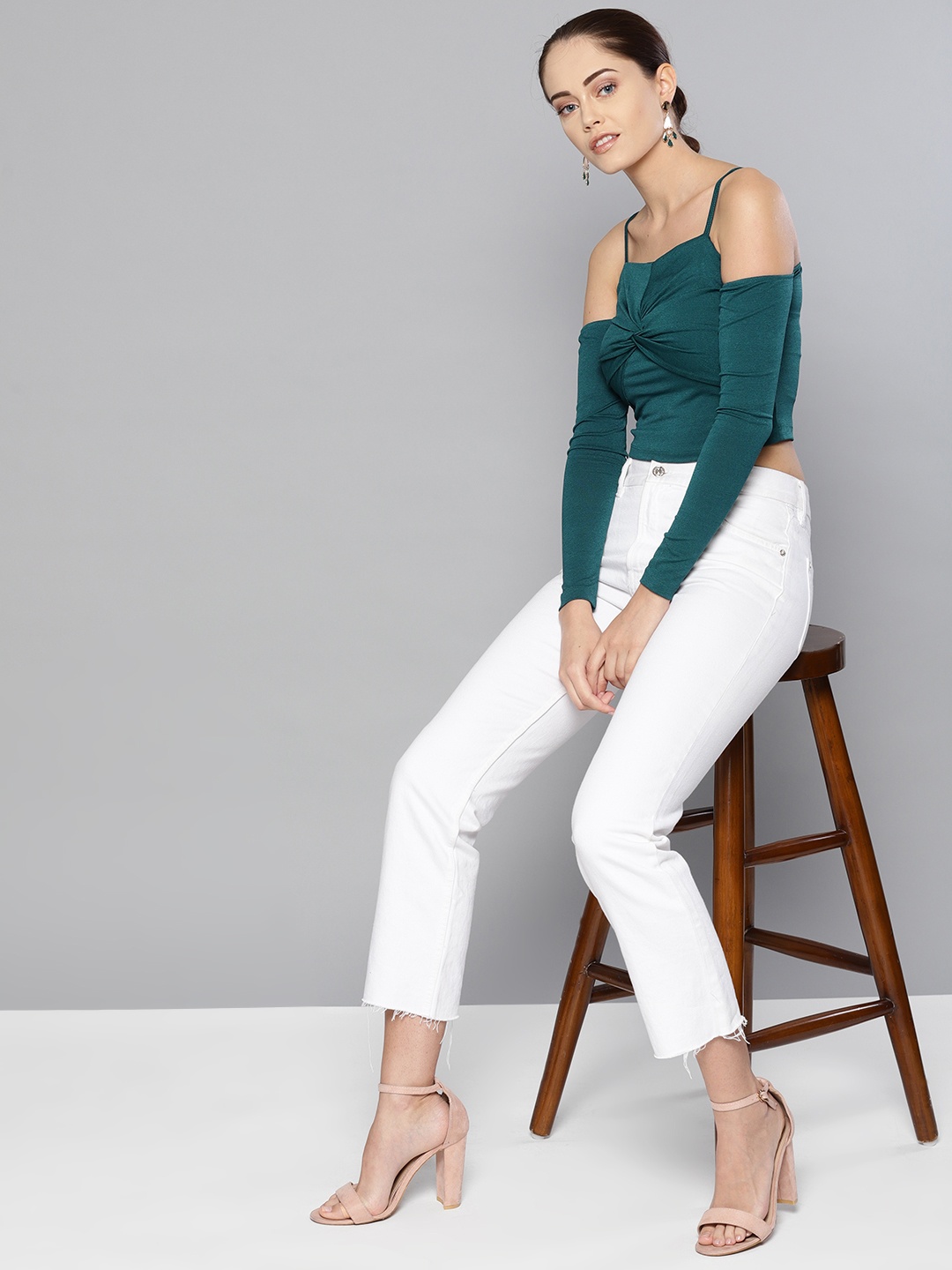Winter vs Monsoon Jackets: Which Fabrics Work Best and Why
Choosing the right jacket is not just about fashion; it is about comfort, practicality and sometimes even survival. Let us break down the best picks for both seasons with some clever hacks that make life simpler, cosier and way more stylish.

Top Jacket Fabrics For Winter And Monsoon In India: Style And Comfort Hacks.
There's something oddly comforting about slipping into a jacket. It's not just about layering up; it's a little ritual that signals a shift in season. In winter, a jacket feels like a warm hug on a chilly morning. During the rains, it's more of a shield that lets you step out without looking like a drenched crow. But here's the twist: the jacket that saves you from the biting cold might betray you in the monsoon, and vice versa.
That's where fabric comes into play. Think of it as the real hero working behind the scenes. The material determines how warm, how dry, and how breathable you'll feel. It's like picking the right teammate for a match, you wouldn't send a batsman to bowl in the death overs, right?
So, let's settle this seasonal fabric debate once and for all with 10 practical hacks. Compare winter and monsoon jackets to see which fabrics perform better, offering the right mix of protection and comfort.

Choosing between winter and monsoon jackets? Know which fabrics excel in each season for the perfect blend of function and style; Photo Credit: Pexels
Breaking Down the Fabrics: Seasonal Jacket Hacks You Need to Know
1. Wool Wonders in Winter
Wool has been a classic winter saviour for generations. Picture those early January mornings when even getting out of bed feels like a battle, woollen jackets become the silent cheerleaders pushing you through. The beauty of wool lies in its natural insulation. It traps air pockets, which act like tiny heaters around your body, keeping you warm without making you sweat like you're running a marathon.
In many local markets, you'll find affordable wool blends that balance warmth with lighter weight. For those on a budget, a decent wool jacket can cost anywhere between ₹1,500 and ₹3,000, lasting for years if stored well. A trick worth knowing: air them out before packing away, or the next winter might greet you with musty smells instead of cosy comfort. Wool works best when the chill is dry. Once the air turns damp, though, wool becomes heavy and uncomfortable, so save it strictly for crisp winter days.
2. Synthetics Shine in the Rains
When the sky pours like there's no tomorrow, natural fabrics don't always cut it. Enter synthetic fabrics like polyester and nylon. These materials are practically superheroes during monsoon season. They dry faster than a towel under the fan and don't cling awkwardly when soaked.
A polyester rain jacket is lightweight, folds neatly into a backpack, and doesn't break the bank. Prices start around ₹800, making it an everyday staple for office-goers, students, and bikers dodging potholes on waterlogged streets. The real charm is how easy they are to clean. A quick wipe and they're good as new, unlike cotton, which sulks with stains. The only caution: these synthetics can feel stuffy, so go for ones with breathable mesh linings to avoid sweating buckets inside.
3. Cotton Comfort with a Catch
Cotton jackets carry a certain charm. They feel soft, look smart, and are gentle on the skin. But let's be honest, cotton in the monsoon is a tragic love story. The fabric soaks water like a sponge and takes forever to dry. Nobody wants to step into an auto while wrapped in damp cotton that clings like second skin.
That said, cotton has a place in mild winters, especially in cities where temperatures dip just enough to need a light layer. Think November evenings or late-night tea runs when you want something that looks good without feeling like armour. A cotton jacket in the ₹1,000–₹2,000 range can double up as a stylish everyday option. Just remember: cotton is not for heavy-duty protection, use it for those in-between seasons when the weather is playing tricks.
Also Read: Looking For Best Rain Jackets To Buy? These 7 Lightweight Picks Wont Ruin Your Outfit
4. Leather Love in the Cold
There's an undeniable swagger in a leather jacket. It's the kind of piece that instantly transforms a simple outfit into a statement. Beyond style, leather is excellent for winter because it blocks out wind and traps heat close to the body. Ideal for chilly rides or late-night walks, it offers both warmth and durability.
But leather has a moody side. Rains and leather are sworn enemies. Moisture ruins the texture, leaving behind ugly stains and sometimes even cracking. Anyone who's spent good money (₹4,000 upwards) on genuine leather knows the heartbreak of watching it warp during monsoons. If you've got one, save it for winter and keep it tucked safely in breathable covers when the rain gods arrive. Faux leather is cheaper, but even that doesn't play well with dampness. So, think of leather as your cold-weather companion only.
5. Denim Drama – A Year-Round Star with Limits
Denim jackets have cult status. They work for casual outings, college vibes, and even office Fridays when styled smartly. The sturdy fabric adds just enough warmth during early winter without weighing you down. But denim in the monsoon? Disaster. The thick fabric absorbs water, becomes uncomfortably heavy, and dries slower than laundry in December fog.
Still, denim's popularity isn't without reason. A good one costs around ₹1,200–₹2,500, and with proper care, it lasts years. It's versatile, pair it with a hoodie for warmth or throw it over a kurta for an instant style upgrade. Just reserve it for drier days and you'll avoid the soggy drama. Pro tip: darker washes hide stains better when the city gets dusty or muddy.
6. Fleece – The Cosy Secret Weapon
If winter had a comfort mascot, it would be fleece. Soft, lightweight, and incredibly warm, fleece jackets are like wearing a blanket that actually looks decent in public. Perfect for December nights or hill-station getaways, fleece locks in warmth without the bulk of wool.
The best part? Fleece doesn't demand much maintenance. A wash in the machine and it's ready again. It's also kinder on the wallet, starting at just ₹700. Many affordable brands offer zip-up fleece jackets that make winter mornings less daunting. However, fleece isn't waterproof, so it's useless in the rains. Imagine stepping into a downpour and coming out like a wet teddy bear, definitely not a look anyone wants. Save it purely for winter comfort.
7. Waterproof Layers for Monsoon Survival
No list of monsoon hacks is complete without waterproof jackets. Think PVC-coated or rubberised materials, these may not win fashion shows, but when the rain lashes down, function trumps form. They're lightweight, foldable, and often come with hoods that save you from balancing an umbrella in chaotic traffic.
The biggest perk? Affordability. A simple waterproof jacket can be found for as little as ₹500 at local stalls. For slightly more, you'll find sturdier options with extra ventilation. They're not breathable, so don't expect all-day comfort indoors. But for bike rides, metro dashes, and surprise downpours, they're unbeatable. The golden rule is to always keep one folded in your bag during monsoon season, it's like carrying an emergency parachute.
8. Layering Hacks that Work Year-Round
Sometimes, the smartest way to dress isn't about choosing one perfect jacket but about layering cleverly. A light windcheater over a hoodie, for example, works wonders in unpredictable weather. During winter, layering creates adjustable warmth, peel off a layer when the sun appears, pile them back on when the evening chill returns.
In the monsoon, pairing a breathable base layer with a waterproof shell prevents the sweaty mess that comes from wearing synthetics directly on skin. This trick is especially useful for those who commute long hours. Instead of lugging around one heavy jacket, layering with lighter pieces gives flexibility. Bonus: it keeps your wardrobe versatile, so you don't need to spend extra. Even with ₹2,000, you can create a couple of combinations that carry you through both seasons.
9. Local Market Treasures
High-street brands may dazzle, but local markets are treasure troves for seasonal jackets. From wool-blend coats in Delhi's Sarojini Nagar to budget raincoats in Mumbai's Crawford Market, there's always something practical and affordable. These picks are often tailored for local weather quirks, lighter wool for moderate winters, or sturdier waterproofing for sudden downpours.
The charm lies not just in the price tag (₹500–₹2,000) but in the variety. Funky colours, quirky patterns, and styles that break away from cookie-cutter mall trends make these jackets fun. Plus, haggling is half the sport, you might even walk away with two for the price of one. Just be mindful of quality: check seams, zippers, and linings before sealing the deal. Sometimes, the best fabric finds aren't in glossy stores but under a street vendor's colourful canopy.
10. Care Tips to Make Jackets Last
The best fabric means little if you don't maintain it. Winter jackets, wool, leather, fleece, need to be stored in breathable covers with naphthalene balls or cedar blocks to keep moths away. Rain jackets, on the other hand, should be wiped dry before storing, or mildew will sneak in.
Regular cleaning keeps fabrics performing well. A damp cloth works for synthetics, gentle dry cleaning for wool, and specialised sprays for leather. Another golden hack: never stuff damp jackets into wardrobes. The result? Smells that cling worse than wet dog fur. Treat your jackets well and they'll serve faithfully, saving you from buying replacements every season. In the long run, it's not just about saving money; it's about building a wardrobe that feels reliable and ready.

Winter vs Monsoon Jackets: Which Fabrics Work Best and Why; Photo Credit: Pexels
Products Related To This Article
1. StyleCast Women Denim Jacket
2. StyleCast Women Longline Open Front Jacket
3. Roadster Women Lavender Solid Padded Jacket
4. HERE&NOW Women Grey Longline Hooded Polyester Parka Jacket
5. StyleCast Black Windcheater Bomber Jacket
6. HRX by Hrithik Roshan Rapid-Dry Hooded Training Jacket
7. H&M Napped Jacket
Jackets aren't just seasonal armour; they're little lifestyle choices that decide how comfortably we navigate through foggy mornings and stormy evenings. Wool and fleece stand tall against winter's bite, while synthetics and waterproofs are the real heroes of the rainy months. Leather, cotton, and denim bring style, but only when chosen wisely for the right weather.
The secret lies in matching fabric to season, and not falling for one-size-fits-all promises. With the right hacks, layering smartly, scouting local markets, and caring for your jackets, there's no reason to feel either frozen or drenched. After all, the joy of weathering the seasons lies in enjoying the moment, not shivering or shivering under the wrong choice of fabric.
So next time the chill sets in or clouds gather ominously, you'll know exactly which jacket to reach for. Comfort, style, and practicality, now that's the real seasonal jackpot. Shop now on Myntra.
Disclaimer: The images used in this article are for illustration purpose only. They may not be an exact representation of the products, categories and brands listed in this article.











